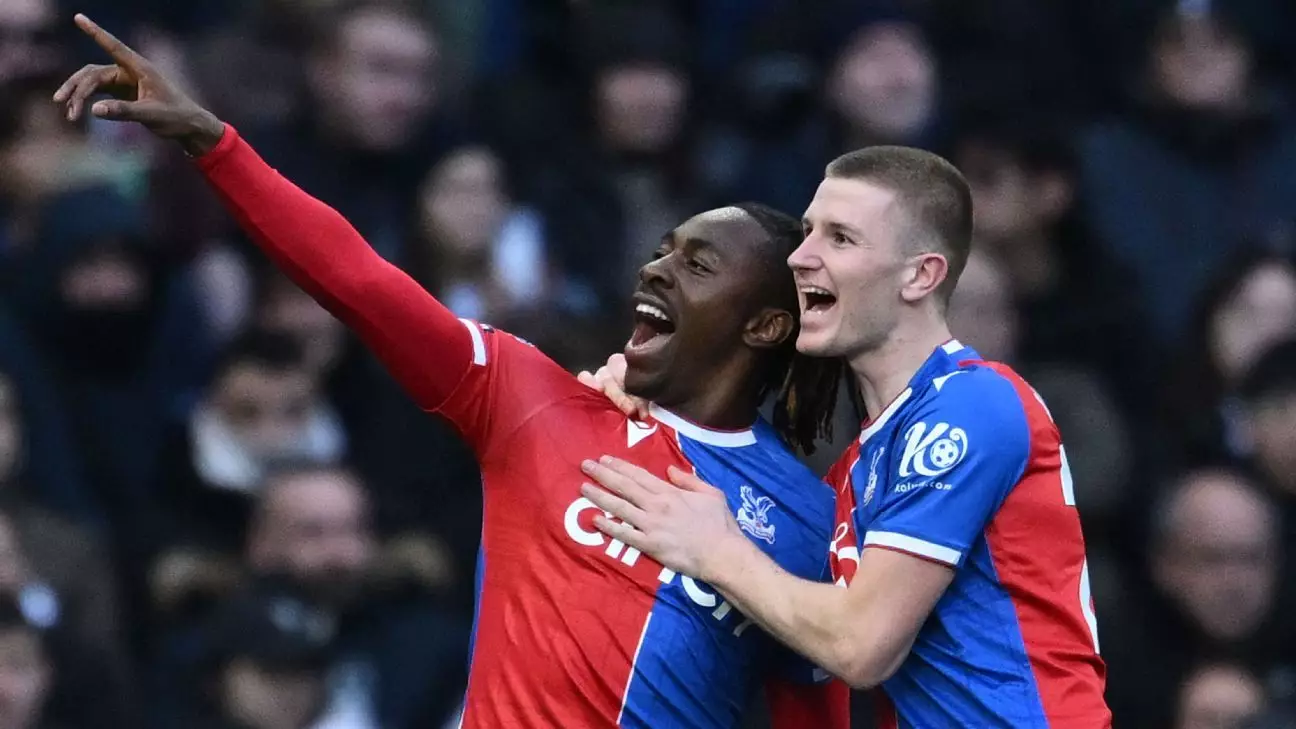In today’s football landscape, transfer strategies are no longer merely about adding talent; they are about crafting a vision that aligns with club ambitions, financial prudence, and tactical innovation. Clubs like Manchester United, Arsenal, and Bayern Munich are not just chasing big names—they are meticulously scouring Europe for players who can offer immediate impact and long-term growth. The focus is shifting toward under-the-radar talents with particular strengths, like Valencia’s Javi Guerra, whose combination of physicality and tactical intelligence makes him a prime candidate for Premier League clubs seeking robust midfield options.
Guerra’s profile exemplifies the new breed of box-to-box midfielders who thrive on energy and directness rather than technical finesse alone. His high pressing, averaging nearly seven recoveries per game, and ability to break lines through sheer dynamism, suggest that clubs are valuing blending physical presence with tactical awareness. This trend indicates a paradigm shift where players are judged not only on their technical skills but on their ability to embody a team’s pressing and transition style—a key element in the modern game.
Furthermore, clubs are increasingly open to unconventional approaches, including player swaps. Arsenal’s willingness to part with a promising youth talent to secure Eberechi Eze reflects a broader understanding that short-term needs, combined with future potential, can outweigh pure monetary transactions. This strategy enables clubs to leverage internal talent and mitigate financial risks while strengthening areas that have become pivotal to contemporary tactics.
Financial Savvy and Market Manipulation
The current transfer market is characterized by astronomical figures, which often mask underlying strategic shifts. For instance, Napoli’s €50 million bid for Darwin Núñez underscores the rising valuation of young, prolific strikers, yet also raises questions about sustainability. Liverpool’s initial €75 million investment in Núñez signals how clubs are willing to pay premium prices—sometimes above their valuation—to acquire players they believe can define a generation. However, clubs like Napoli are trying to navigate these inflated prices by negotiating alternative options, such as Udinese’s Lorenzo Lucca for around €34 million, showing an acute awareness of market realities and a willingness to adapt.
Meanwhile, Bayern Munich’s ambitions reflect an aggressive pursuit of talent, targeting high-profile players like Nkunku and Luis Díaz, as well as emerging talents such as Renato Veiga. The Bavarians’ focus on acquiring versatile forwards and defenders illustrates the importance of squad flexibility. Their current interest in Díaz, despite Liverpool’s firm stance, exemplifies the high-stakes game played between European giants—where persistence and strategic negotiations can eventually tip the scales.
The pursuit of Victor Osimhen by Galatasaray further demonstrates how clubs are pushing their financial boundaries. Despite Napoli’s €75 million release clause, Gala’s €60 million ceiling reveals a calculated attempt to outperform other suitors without exceeding budget constraints. Such negotiations highlight how market dynamics are less about reaching a fixed valuation and more about strategic positioning—each club subtly signaling its financial power and long-term intent.
Playing the Long Game: Clubs’ Strategic Vision
Instead of merely reacting to transfer rumors, enlightened clubs are strategizing to shape their future rosters with an eye on both immediate success and sustainable growth. Tottenham’s acquisition of promising young Japanese defender Kota Takai for around £5 million exemplifies their focus on youth development. By investing in young talent early, clubs like Spurs aim to cultivate homegrown potential that can compete at the highest levels without the financial strain of established superstars.
Similarly, Arsenal’s defensive stance on their young star Ethan Nwaneri, refusing to let him leave despite reported interest, underscores their broader strategy to retain core youth prospects and build a team around them. This approach fosters a sense of stability and continuity, ensuring that the club’s future is not solely dependent on sporadic marquee signings.
Moreover, clubs like Sunderland securing experienced defenders such as Reinildo Mandava from Atletico Madrid showcase their intent to blend youth with seasoned talent—adopting a layered approach to squad building. These transfers, often involving strategic negotiations over playing time, wages, and release clauses, exemplify how modern clubs aim to create resilient, flexible squads capable of adapting to various tactical demands.
The Transfer Market as a Chessboard
In essence, the transfer market today operates like a high-stakes chess game. Clubs are constantly evaluating and re-evaluating their positions, making moves that could define their status for years to come. Sometimes, this means a club like Manchester United swooping for a relatively unknown talent like Javi Guerra, betting on his potential to develop into a key player, instead of splurging on established stars.
The interconnectedness of European leagues, exemplified by players such as Lukas Díaz, Richard Ríos, or Mikey Johnston, shows that scouting has become borderless. Clubs no longer only look at domestic leagues but hunt across Serie A, La Liga, and even South America, seeking hidden gems who can be nurtured into world-class contenders. The strategic importance of these player acquisitions is compounded by their fit within specific tactical systems and long-term plans.
The ongoing negotiations reveal a sophisticated understanding among clubs that transfer activity is not only about the player involved but also about signaling power, ambition, and stability. Whether it’s Napoli’s bid for Núñez, Arsenal’s bid for Eze, or Bayern’s pursuit of Díaz and Nkunku, each move is part of a broader chessboard—where timing, valuation, and diplomacy determine success.
The modern transfer market is a complex arena driven by strategic foresight, financial acumen, and tactical innovation. Clubs are not content with reactive signings; they are crafting rosters that align with their unique visions—balancing youth potential with experienced stability, without losing sight of financial realities. As the game continues to evolve, those who master this chess game will be the ones to dominate the future of football.

Leave a Reply